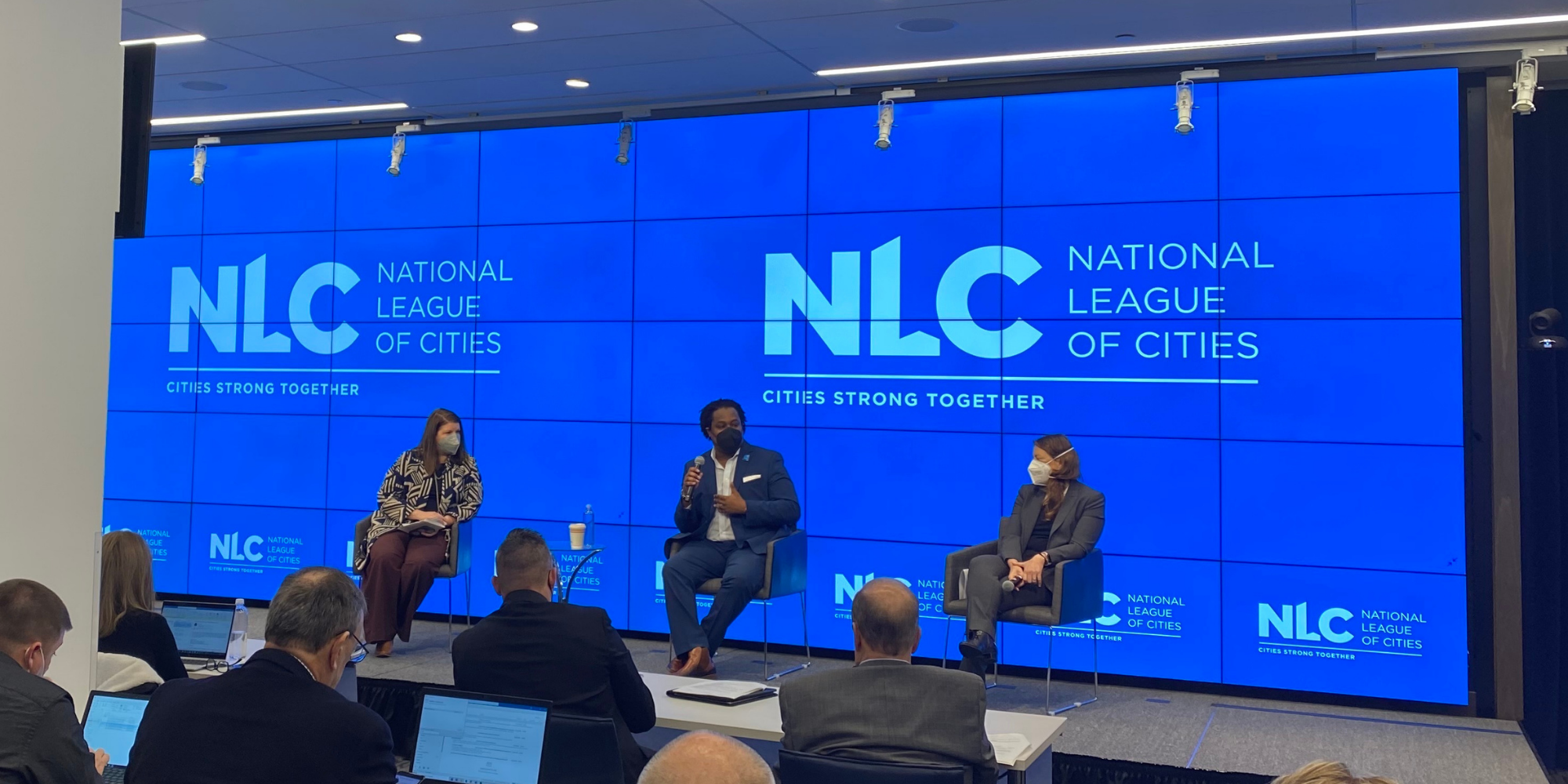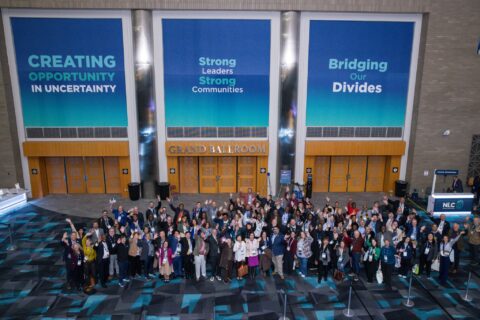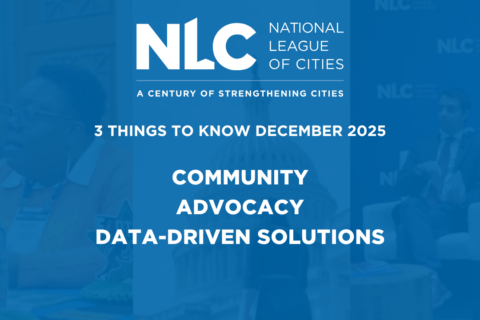As founding members of NLC, the 49 state municipal leagues play an important role in guiding the organization’s priorities and being a voice on the ground with its members. The state leagues allow NLC to bridge its federal advocacy efforts with legislative and executive actions at the state level. While the state leagues are fully independent from NLC, they are an essential partner in shaping and advancing federal policy that supports municipalities of all sizes across the country.
Last week, NLC welcomed State League Executive Directors and Presidents to DC for a fly in. State Municipal League Executive Directors and Presidents across 20 states heard from representatives with the Administration, DOT, EPA, and NTIA. They all shared the same message – the Administration is ready and excited to continue working with local governments to make the most of the opportunities available in the American Rescue Plan Act (ARPA) and the Bipartisan Infrastructure Law (BIL).
Here are three key takeaways from this event:
1. Strengthening Intergovernmental Partnerships
Key members from The White House were invited to share updates on the program rollout of the BIL and engage in implementation discussions.
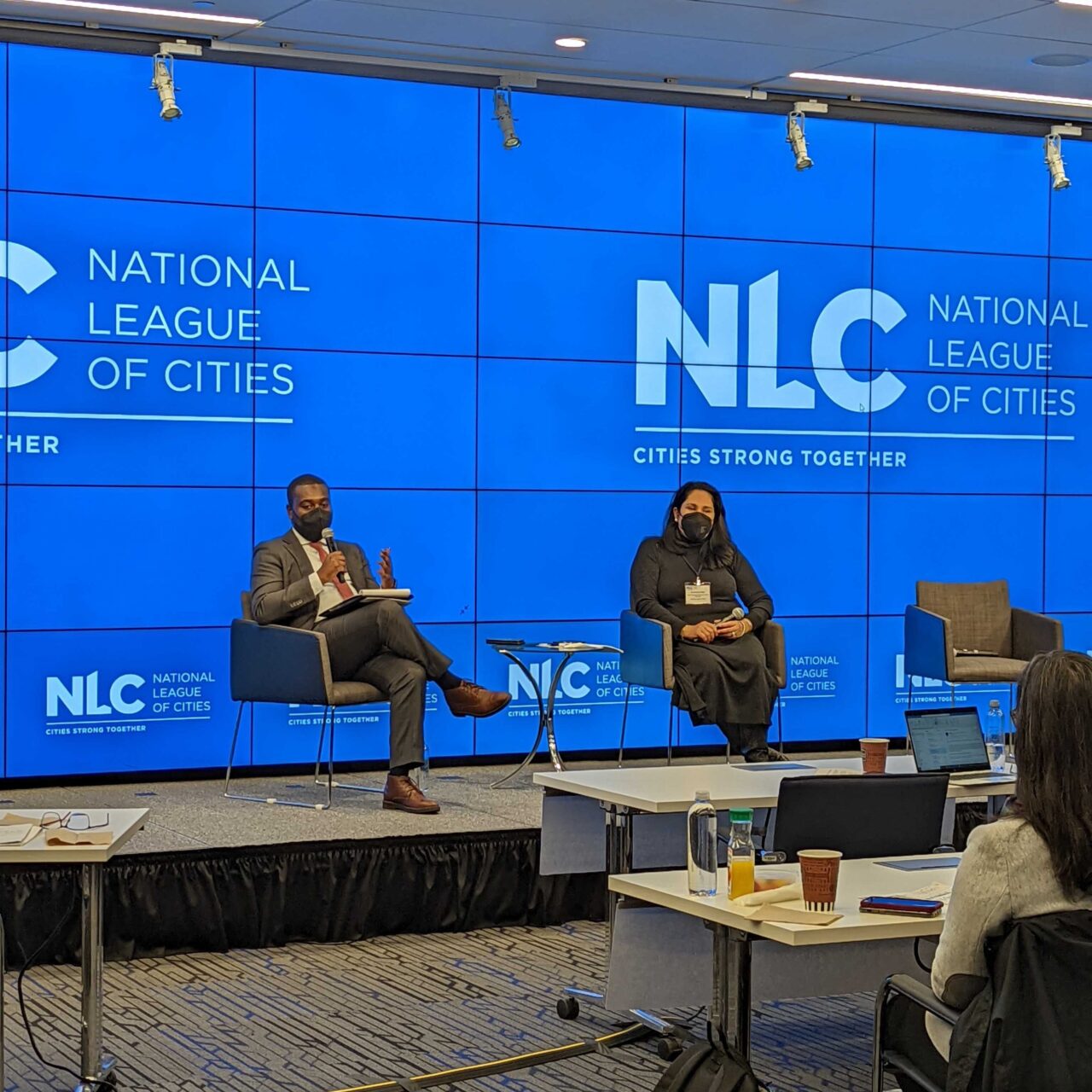
Mitch Landrieu, White House Senior Advisor and Infrastructure Implementation Coordinator and Former Mayor of New Orleans, LA addressed state municipal league members on the historic impact that BIL will have on America’s municipalities with allocated funding to over 350 distinct programs across more than a dozen federal departments and agencies. Understanding that close coordination with state, tribal, and local leaders will be fundamental in the successful delivery of these programs, Mayor Landrieu encouraged State Municipal League Executive Directors and Presidents to utilize the Bipartisan Law Infrastructure Guidebook released by the White House earlier that week. The guidebook and accompanying online supplement were developed with municipal governance in mind; to help navigate available funding at the program level, determine what to apply for, who to contact for help, and how to get ready to rebuild.
Stephanie Sykes, Director of Intergovernmental Affairs for Infrastructure Implementation at the White House led a listening session soliciting feedback from participants on ways to access and manage the federal funding programs through the state and local pipeline and additional resources that the Administration could provide to streamline the access to these funds.
Underscoring the commitment to supporting and uplifting the impact of BIL on America’s cities, towns and villages, Gabe Amo, White House Special Assistant to the President and Deputy Director at the Office of Intergovernmental Affairs engaged in a dialogue with state municipal league leaders about their critical infrastructure projects on the ground and how it would serve their communities. He called on all local leaders to submit their stories through the form on the White House’s website so that the Administration could spotlight them on a national platform and help connect and strengthen partnerships.
2. Improving Federal Program Implementation
Agency representatives joined the two-day program to share implementation updates across key infrastructure program areas and engaged in listening sessions for programs that have been authorized by the Bipartisan Infrastructure Law. In the spirit of improving the implementation pipeline to smaller, rural, suburban and disadvantaged communities, they offered key considerations for funding applications.
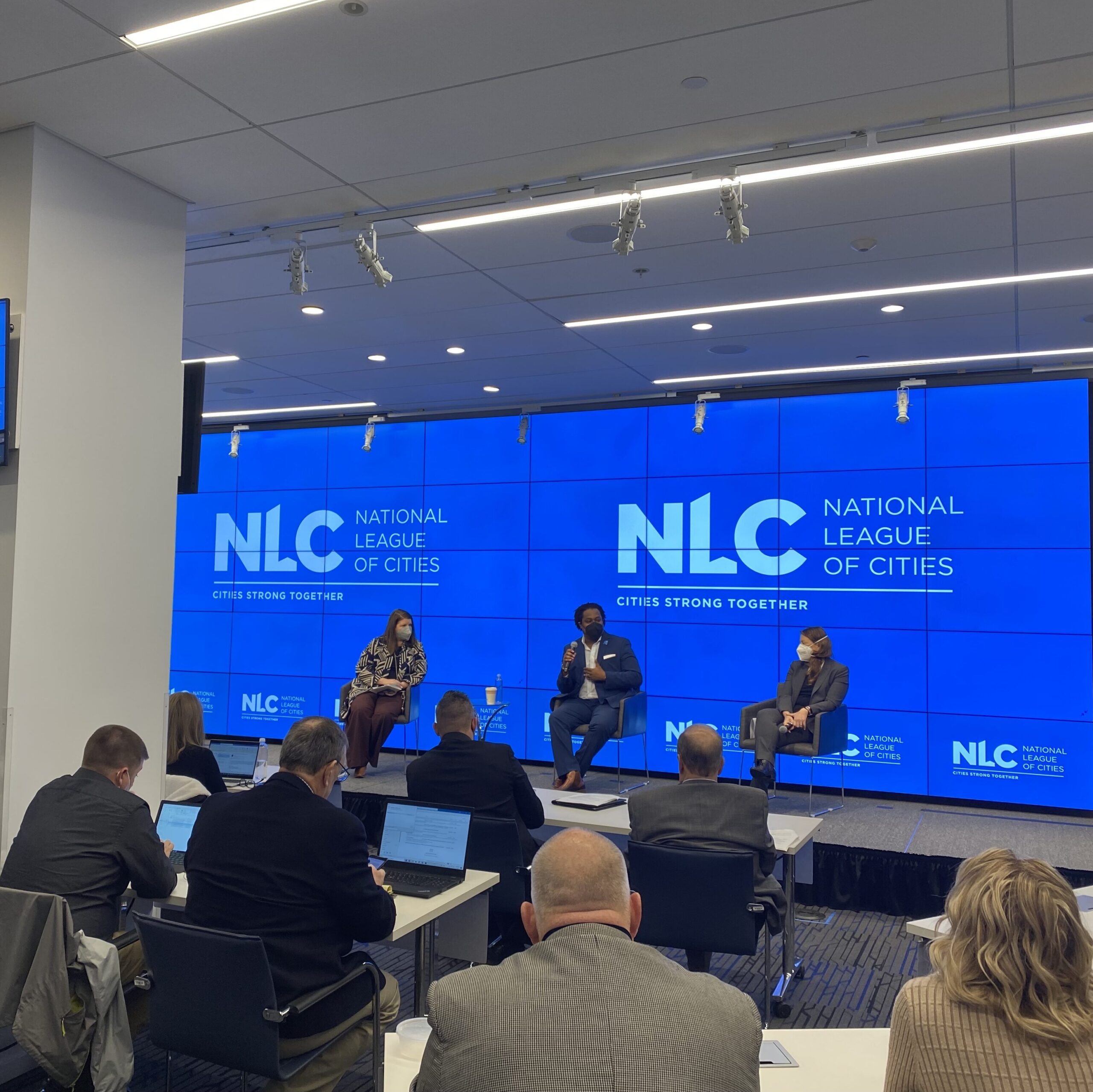
Doug Kinkoph, Associate Administrator of the National Telecommunications and Information Administration’s (NTIA) Office of Internet Connectivity and Growth from the U.S. Department of Commerce engaged in dialogue with municipal officials to identify the formal or informal barriers to accessing broadband resources that they had faced within their state.
Charles Small, Deputy Assistant Secretary, Intergovernmental Affairs, and Robin Hutcheson, Deputy Administrator of the Federal Motor Carrier Safety Administration from the U.S. Department of Transportation heard from State Municipal League Executives about how their State Departments of Transportation were preparing to work with them on both traditional formula fund programs and new programs and identify any gaps in the process to ensure that the intent of Congress is carried out.
Bruno Pigott, Deputy Assistant Administrator, Office of Water, and M. Arnita Hannon, Intergovernmental Liaison from the U.S. Environmental Protection Agency addressed questions on whether there would be requirements or guidelines that EPA could impose on states as they make grants/loans to local communities.
3. Advancing Remaining Legislative Priorities
State Municipal League delegations were also actively strengthening their relationships on the Hill and advocating for remaining legislative priorities that would leverage the passage of two historic bills that were enacted in 2021. These included urging Congress to pass an FY22 appropriations bill that would dedicate funding for many programs authorized by the BIL by February 18th and to advance critical programs from the Build Back Better Act, which did not advance in the Senate, that would build economic support for rebounding from the COVID-19 pandemic – including programs to support and skills train workers.
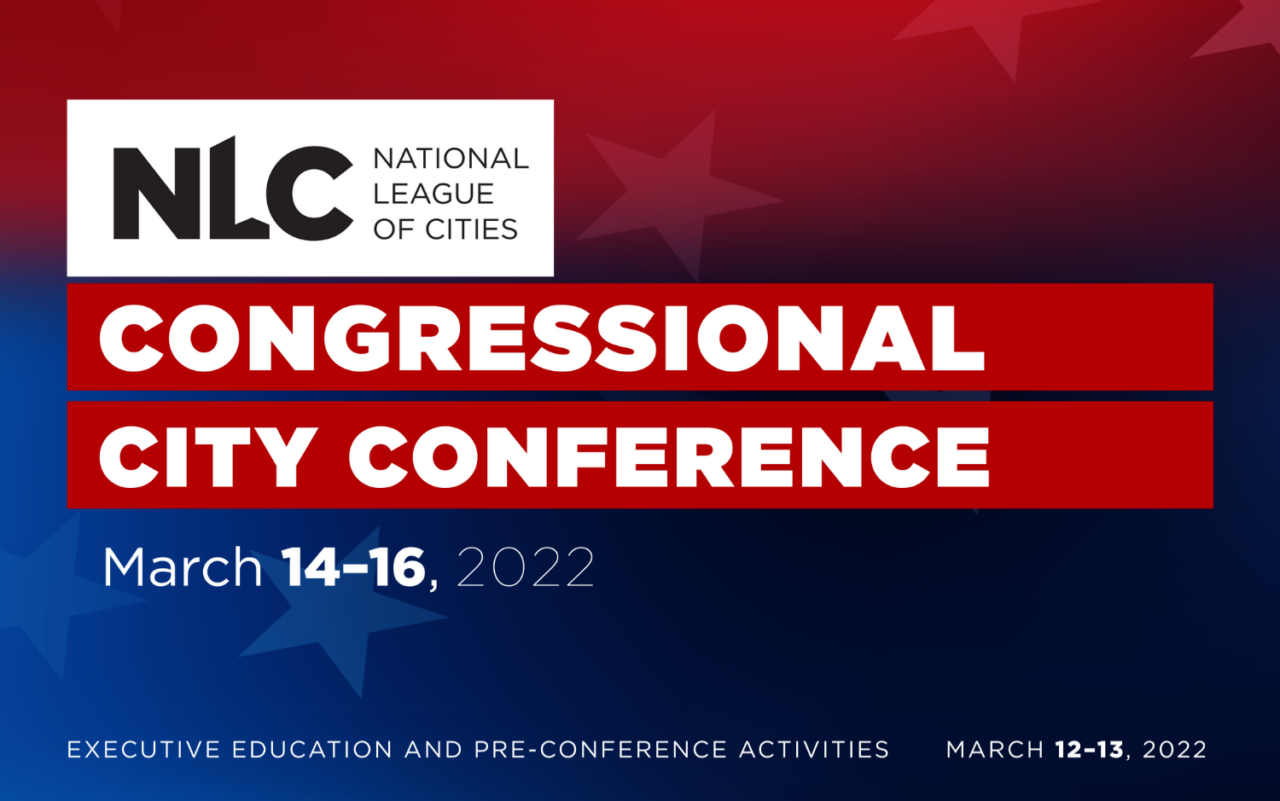
Register for the Congressional City Conference, March 14-16 in Washington, DC to engage directly with federal agency leads on programs available to local governments under ARPA and the Bipartisan Infrastructure law.
